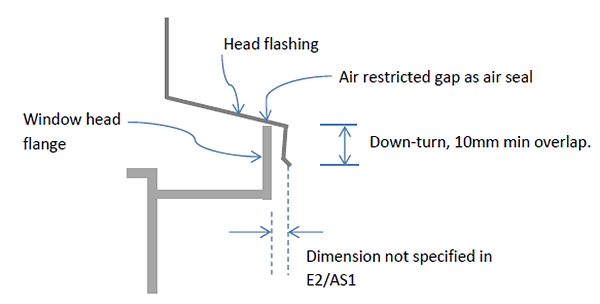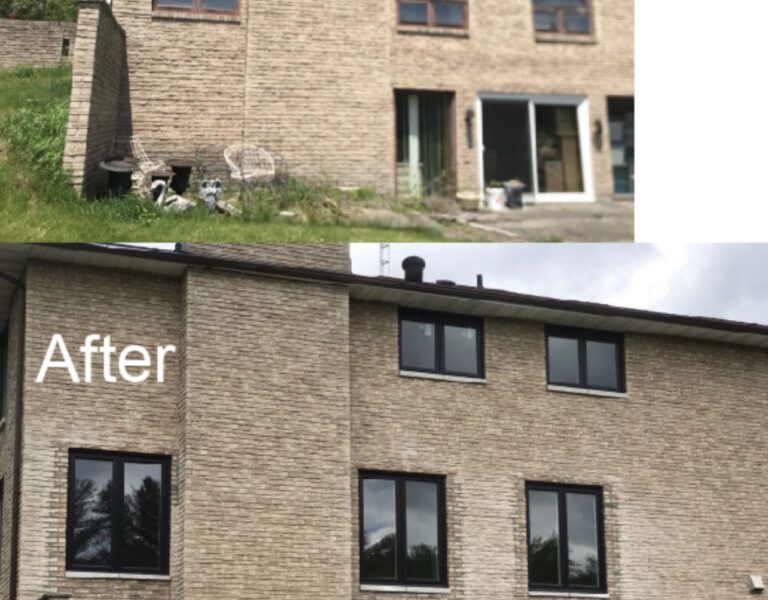Many installers and building owners are not fully aware of the specific codes and standards required for fire-rated doors. This lack of knowledge can lead to non-compliance and potential safety hazards.
-
- Codes and Standards:
Fire-rated doors must adhere to standards such as NFPA 80 and the International Fire Code (IFC). These standards specify requirements for installation, inspection, and maintenance of fire doors[1].
- Codes and Standards:
Vendor Misguidance:
Sometimes, the information provided by door vendors is incomplete or misleading, which can lead to incorrect installation practices.
Common Installation Errors
Improper installation can significantly undermine the functionality of fire-rated doors. Here are some of the most frequent mistakes:
- Incorrect gap between door and frame, leading to potential fire and smoke leakage.
- Use of non-compliant hardware that cannot withstand high temperatures.
- Poor alignment of the door with the frame, which can prevent proper closing and latching.
Certification and Documentation Issues
Lack of Proper Certification:
Fire-rated doors should come with a label that certifies their fire resistance rating. Missing or illegible labels are a common issue that can lead to compliance problems.
- Documentation:
Proper documentation of installation and maintenance is crucial for compliance. This includes keeping a record of inspections and any repairs done on the doors[1].
Adherence to Fire Safety Codes
Non-compliance with fire safety codes can lead to severe penalties and increased risk during fire incidents. Common issues include:
-
- Failure to ensure that fire doors remain closed and latched.
- Blocking or propping open fire doors, which is a direct violation of fire safety regulations[2].
Maintenance Challenges
Regular Inspections:
Fire-rated doors require regular inspections to ensure they are in good working condition. Neglecting these inspections can lead to failures in emergency situations[1].

- Wear and Tear:
Components such as hinges, closers, and seals can degrade over time, affecting the door’s functionality.
Budget Constraints
Cost Cutting:
In an attempt to straight from the source save on costs, some installers might use cheaper, non-compliant materials or skip necessary steps in the installation process.
- Long-Term Implications:
While initial costs may be lower, the long-term risks and potential penalties can far outweigh the initial savings.
Conclusion
Installing fire-rated doors is a complex process that requires careful attention to detail and adherence to specific codes and standards. By understanding the common challenges and how to address them, building owners and contractors can ensure that these critical safety features function effectively, providing reliable protection in the event of a fire.

Hello and welcome! I’m Michael Liebe, the proud founder of EveryDetail Installations. With over 15 years of hands-on experience in the door and window installation industry, I’ve dedicated my career to tackling the intricate challenges of custom installations, ensuring each project not only meets but exceeds the highest standards of functionality, style, and energy efficiency.


